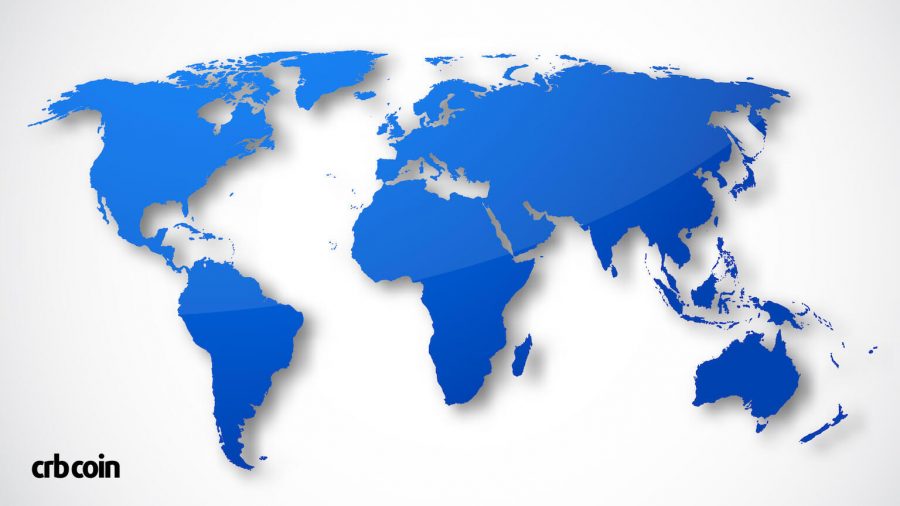Climate change is a pressing global issue, driven significantly by greenhouse gas emissions. Understanding which countries are the biggest polluters is crucial for targeting efforts to mitigate environmental impact. Simultaneously, the carbon credits market has emerged as a vital mechanism in the fight against climate change. This post delves into the top three polluters globally, the leading producers of carbon credits, and the largest buyers of these credits.
The Biggest Polluters in the World
- China
- Emissions: China is the world’s largest emitter of carbon dioxide (CO2), contributing approximately 28% of global emissions. Rapid industrialization, urbanization, and heavy reliance on coal for energy are primary drivers of its high emission levels.
- Impact: The massive scale of emissions has severe environmental consequences, including air pollution, acid rain, and significant contributions to global warming.
- Efforts: Despite being the largest polluter, China is also making significant strides in renewable energy adoption, with extensive investments in solar and wind power.
- United States
- Emissions: The United States is the second-largest emitter of CO2, accounting for around 15% of global emissions. High levels of industrial activity, transportation, and energy production from fossil fuels are key factors.
- Impact: The U.S. faces challenges such as rising sea levels, extreme weather events, and loss of biodiversity due to its high emissions.
- Efforts: The U.S. is making efforts to reduce emissions through policies promoting clean energy, electric vehicles, and stricter regulations on industrial emissions.
- India
- Emissions: India ranks third, with about 7% of global CO2 emissions. Rapid economic growth, increased energy consumption, and heavy dependence on coal contribute to its high emission levels.
- Impact: The environmental impact includes severe air pollution, health issues, and adverse effects on agriculture and water resources.
- Efforts: India is investing in renewable energy sources and has set ambitious targets for solar energy to reduce its carbon footprint.

Leading Producers of Carbon Credits
- Brazil
- Production: Brazil is a leading producer of carbon credits, primarily through its extensive rainforest conservation efforts. Projects that prevent deforestation and promote reforestation generate significant carbon credits.
- Impact: These initiatives help preserve biodiversity, protect water resources, and mitigate climate change by absorbing CO2.
- India
- Production: India is also a major producer of carbon credits. Projects focusing on renewable energy, energy efficiency, and methane capture from waste management contribute to its carbon credit generation.
- Impact: These projects not only reduce emissions but also support sustainable development and improve public health.
- China
- Production: China generates a substantial amount of carbon credits through various initiatives, including renewable energy projects, industrial efficiency improvements, and afforestation programs.
- Impact: China’s carbon credit projects support global efforts to reduce greenhouse gas emissions and promote sustainable economic growth.
Biggest Buyers of Carbon Credits
- European Union
- Purchases: The European Union (EU) is the largest buyer of carbon credits. The EU Emissions Trading System (ETS) is the world’s largest carbon market, driving demand for credits to meet emission reduction targets.
- Impact: The EU’s purchase of carbon credits helps fund climate projects globally, reducing emissions and promoting green technologies.
- Japan
- Purchases: Japan is a significant buyer of carbon credits, driven by its commitment to reducing greenhouse gas emissions. Japanese companies invest in carbon credits to comply with domestic regulations and corporate sustainability goals.
- Impact: Japan’s investment in carbon credits supports international projects that reduce emissions and enhance environmental sustainability.
- South Korea
- Purchases: South Korea is another major buyer of carbon credits, with a strong focus on achieving its emission reduction targets. The country’s emissions trading scheme encourages the purchase of credits from global markets.
- Impact: South Korea’s participation in the carbon credit market supports global climate action and promotes the development of low-carbon technologies.
Conclusion
Addressing global pollution and climate change requires concerted efforts from all nations. While China, the United States, and India are the top polluters, they are also making strides in reducing their emissions. On the other hand, countries like Brazil, India, and China are leading in carbon credit production, supporting global sustainability initiatives. The European Union, Japan, and South Korea, as the biggest buyers of carbon credits, play a crucial role in funding and promoting projects that mitigate climate change. Understanding these dynamics is essential for developing effective strategies to combat global warming and achieve a sustainable future.
If you’re seeking general information or want to learn more about us, please continue reading here.





